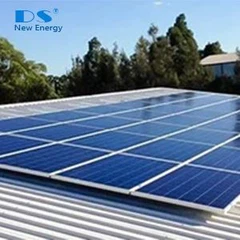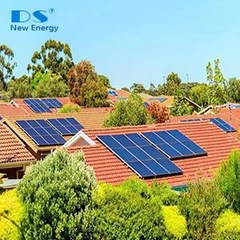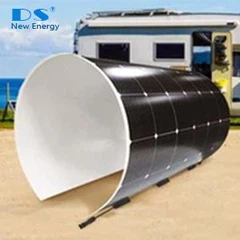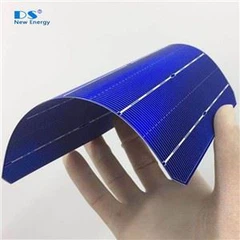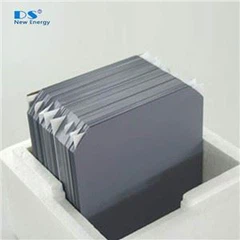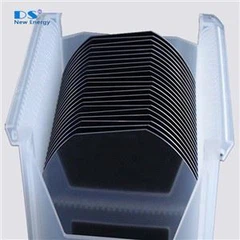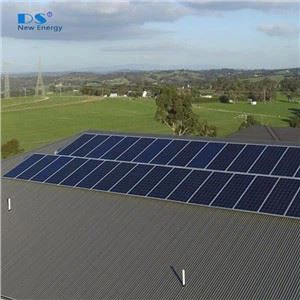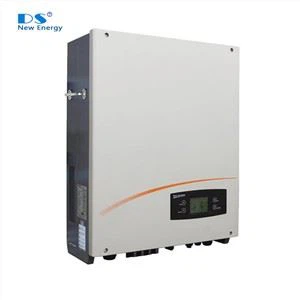Source: Sungrowpower
With a battery module for the immediate storage of energy, the conventional PV system can be upgraded to be an Energy Storage System (ESS).
The system is capable of operating as an off-grid system to ensure an emergency power supply for emergency loads in the event of a grid interruption or blackout. The grid interruption or blackout may be caused by:
Islanding;
under-voltage;
under-frequency; or
over-frequency.
PV Energy Storage System (PV ESS) Compositions

Item | Description | Remark |
A | PV strings | Monocrystalline silicon, polycrystalline silicon, and thin-film slar panels without grounding |
B | Inverter | SH3K6-30 / SH4K6-30 / SH5K-30 |
C | Sungrow Energy Meter (single-phase for example) | Measures the feed-in power and communicates with the inverter via the RS485 port. |
D | Utility grid | Grid grounding system types: TT, TN |
E | Household load | Devices that consume energy |
F | Battery (optional) | A Li-ion battery or a lead-acid battery |
G | Emergency loads | - |
Energy Management during Daytime

The energy management system (EMS) works in self-consumption mode by default. The PV power will go to emergency loads and house loads first, then the battery. Then if the battery is fully charged the excess will go to the grid, the feed-in power should be not more than the limit value in zero-export setting in initial commissioning.
If the PV power is less than the load power, the battery will discharge and provide the energy shortfall. The inverter will draw power from the mains if the power from the PV and battery is less than the load power.
Energy Management during Night

The battery discharges to provide energy to loads. If the battery is empty or there is not enough power from the battery system, the unmet power will be supplied by the grid first to emergency loads and house loads.
When the grid is present, the bypass function of the hybrid inverter works and the emergency loads will be directly connected to the grid via the bypass relay integrated in the inverter. The emergency loads are preferentially supplied with PV or battery energy, and is supplemented by the grid when the PV and battery energy are insufficient.
Night (empty battery)

If the meter is abnormal or not equipped, the inverter can run normally, the battery can be charged but not allowed to discharge, the feed-in power setting on the LCD display will be ineffective, and the DO function of optimized mode will be disabled.

